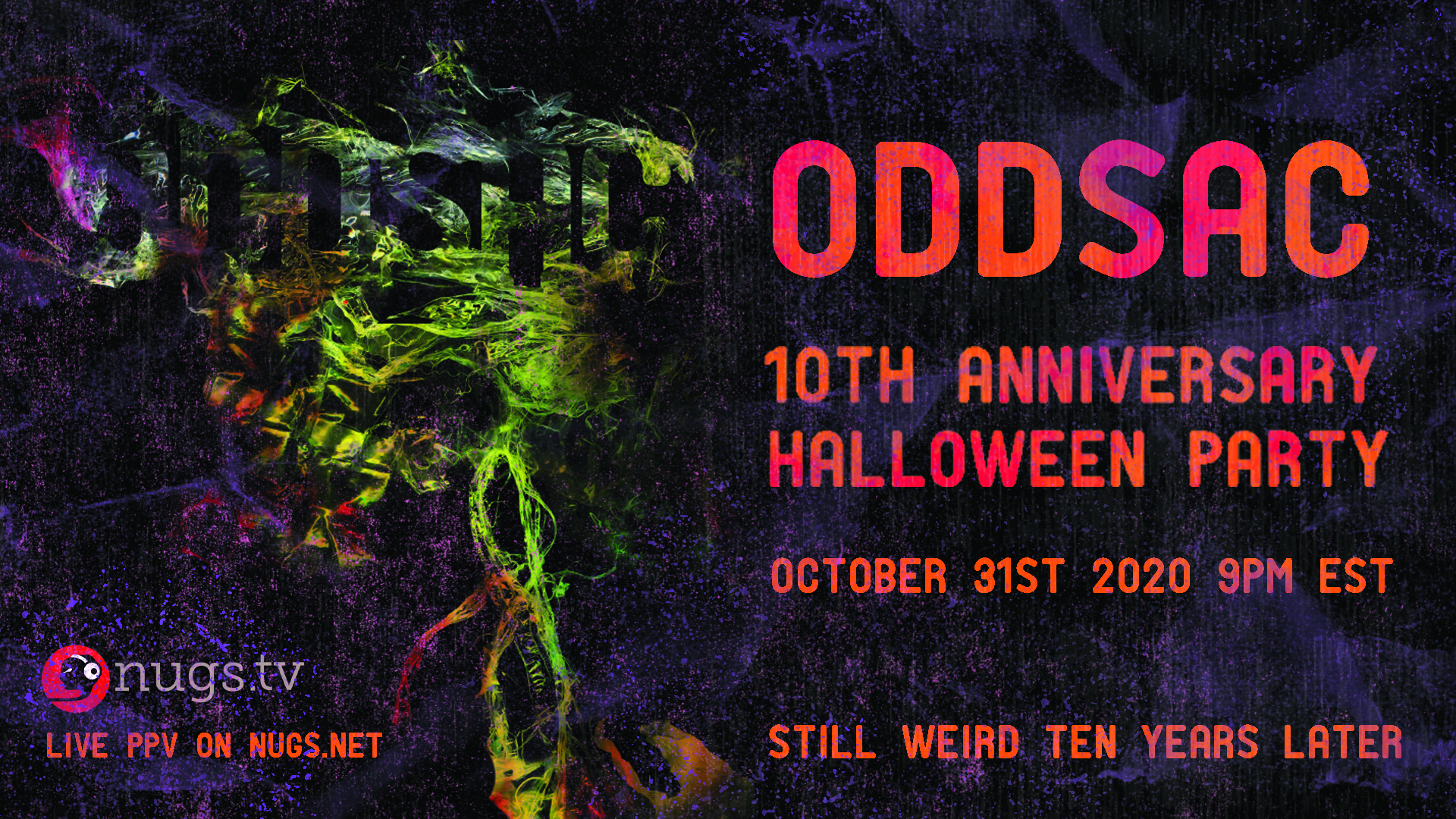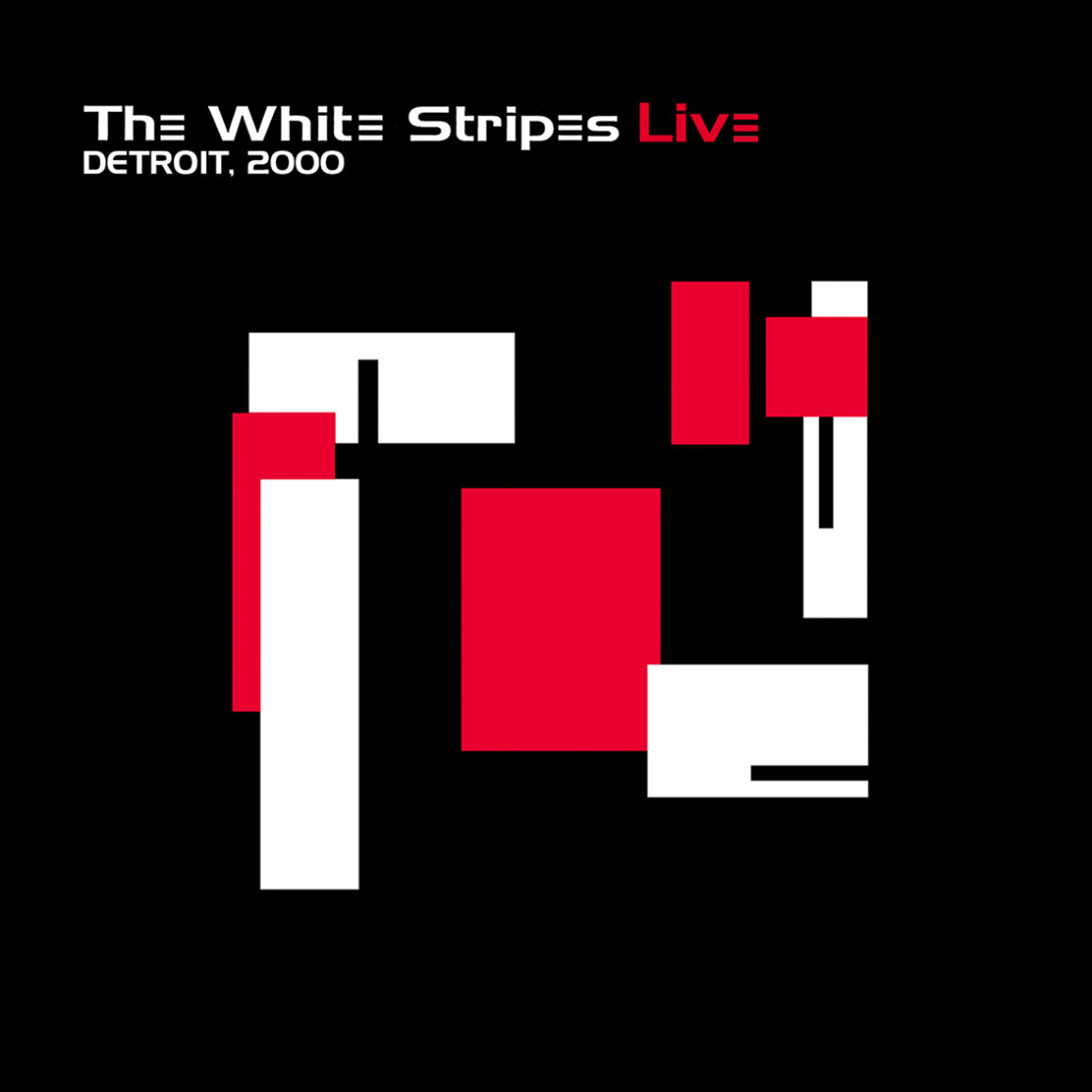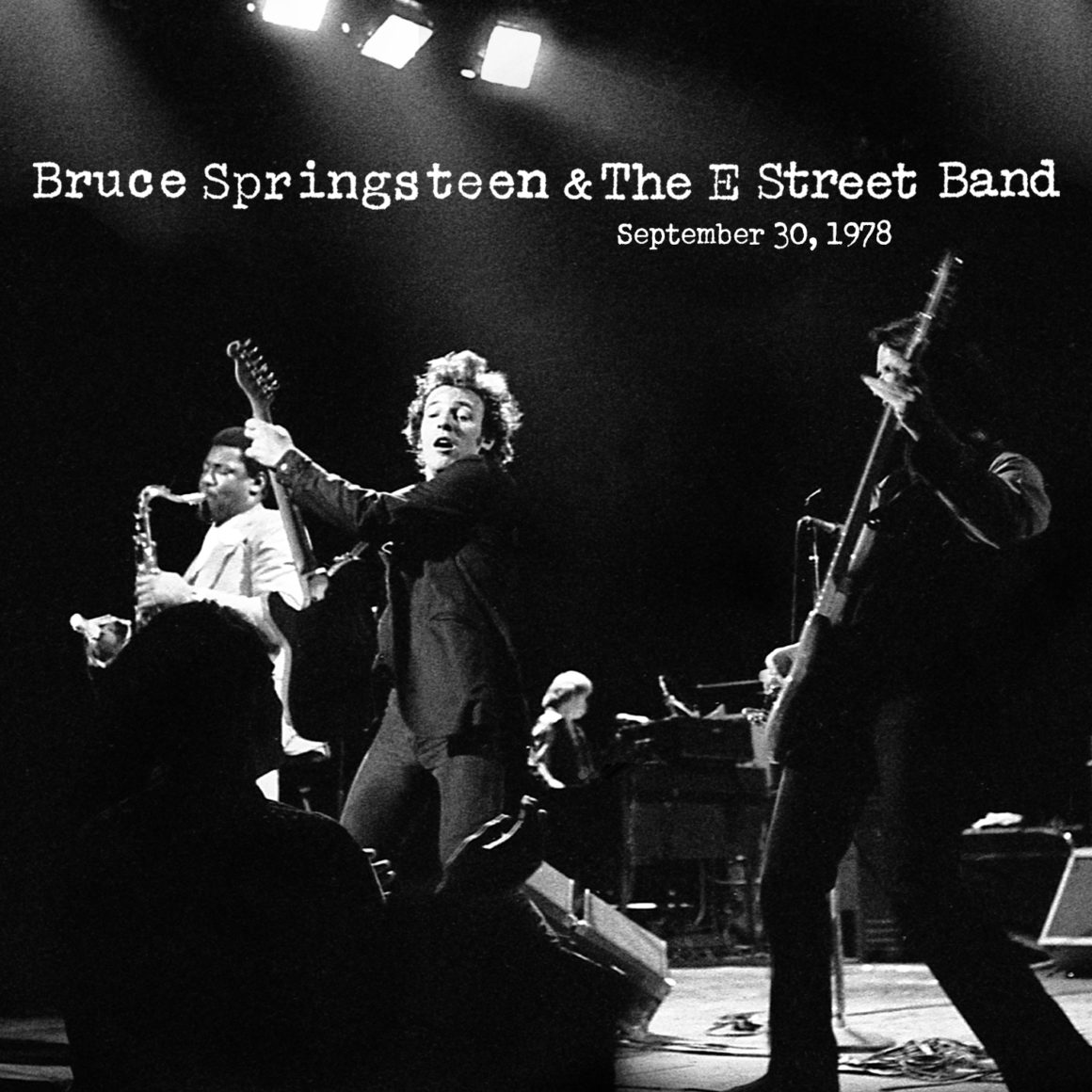
In 2010, Animal Collective was fresh off the massive success of Merriweather Post Pavillion, a bold and wonderful record that is widely considered one of the most influential albums of the late aughts. Following Merriweather, a question lingered- what’s next? It turns out “next” was a project four years in the making.
Since 2006, Animal Collective had been working with director Danny Perez on the psychedelic visual album that would become ODDSAC. Equal parts audio and visual, ODDSAC is more than the sum of its parts. Meticulously crafted between Animal Collective and Perez, the film is a profoundly weird experience that will draw you in and surround you in its freaky aura. In short, it’s exactly what you’d want to watch on Halloween.
A decade later, we’re happy to report that Animal Collective is still weird and busier than ever. Since ODDSAC, members Avey Tare, Panda Bear, Deakin, and Geologist have worked on all manner of solo and side projects. As Animal Collective, they’ve released studio albums, live records, EPs, and more. One of those studio albums, 2016’s Painting With, was premiered over the speakers of the Baltimore-Washington Airport. They’re always thinking outside the box.
This Halloween, Animal Collective and director Danny Perez are revisiting ODDSAC for a special 10th Anniversary Halloween Party. The event kicks off Halloween night with a welcome set by Geologist and a screening of ODDSAC followed by cast & crew interviews, Q&A with Danny Perez, and DJ sets by Avey Tare, Deakin & Panda Bear. Don’t worry if you’ve already got Halloween plans, after you order the show you’ll be able to start watching whenever you’d like.
Order the ODDSAC 10th Anniversary Halloween Party here.
Ahead of the big Halloween Party, we talked to Josh Dibb (Deakin) and Brian Weitz (Geologist) about 10 years of ODDSAC, touring, and all things Animal Collective.
On every record, you guys are pushing the envelope, experimenting, and shifting your sound. Naturally, that has to lead to a very different experience on the road each album cycle. Was there an album or era where it was particularly fun to perform live?
Brian Weitz: I’ve enjoyed them all! The shifting you mentioned allows every era to feel fresh so when we start, the nerves are there once again. I don’t think I’d like to be in a band where it felt like the same routine after 20 years. I love the nerves of those early tours when we have a new batch of songs and a new set-up. Then you hit a peak and you know it when you’re at it, and then you know when you’re coming downhill. It feels a little more like endurance. The knees shake for a different reason than when you’re going uphill. That’s when it’s time to regroup. Or degroup. I do want to give a shout out to the Painting With cycle because of how much fun it was to play with Jeremy Hyman. He’s the first drummer I played with other than Noah since 1996 and it was such a fun ride to enter into a new relationship with such an amazing person and musician.
Josh Dibb: They’re all fun. That’s not just a diplomatic answer and of course, there are tours that are hard or challenging, but they all feel exciting for the reason you describe. We change so that we feel like we are exploring new territory for ourselves and we hope that makes the music feel more alive. That is what keeps it fun for us and hopefully for listeners. We never want to get to that place where it’s just a jukebox performance. That being said, one of the tours I had the most fun recently was playing Tangerine Reef live. Tangerine Reef is somewhat of a companion to ODDSAC actually in the sense that we wrote the music to be linked directly to visuals. In this case, it was all video that was created by our friends at Coral Morphologic. We only got to perform it a handful of times but there was something really special about it. The music was on the more ambient side than our normal shows but still had an incredible amount of specificity. Every time we performed it we were playing to the movements and feel of these images that look like the most psychedelic unreal thing you’ve ever seen and yet are actually just coral.
I was listening to a podcast the other day with Dan Deacon and he had some pretty insane stories from touring in the early 2000s. Do you two have any weird or wild experiences from putting tours together during the early days that you could share?
BW: I think we’ve told it before, but probably our most memorable one was in 2002 at an old church in Minneapolis that had become a group house that put on DIY noise shows. They had pizza for sale that was cut into small squares. We passed on it because we had already eaten dinner. At the end of the night, we were told each pizza square had a hit of acid on it but we didn’t know that during the show. People got increasingly weird during our set and a few of them started coming up on stage and tried to have conversations with us about the evil spell we were casting. I think someone tried to take off Josh’s shoes and socks in the middle of a song? One guy wigged out, went outside, and attacked the vans. We got a dent in ours but I think another band got a window punched out. Later on, when almost everyone had left, he was still there crying about how he had lost his leather jacket.
A week later we were on another bill with one of the bands from that night and they had the jacket. They had taken it from the van attacker as a way to get him to pay for the broken window, but he was beyond having a conversation, so they just kept it. Sometimes I think the weirdest part of the story though is that we were offered free pizza and said no thanks.
JD: Brian just told the Minneapolis story. Might have to leave it there. Can’t top that one, but that era of touring holds a special place in my heart. These days there are very few surprises on tour and it’s actually kind of rare to really meet and connect with new people. Back in those days every night was an adventure and for better or worse we were often at the mercy of local promoters and hosts to put us up, feed us, and hang with us. Sometimes that was amazing and sometimes it was uncomfortable but it was never boring. It’s an incredible way to get to know new places.
It’s the 10th anniversary of ODDSAC. A decade later, how do you feel about those four years working on the project and its legacy today?
BW: It’s one of my favorite things we’ve done. Definitely brought together so much of our aesthetic in a way that I don’t think any other single record has done. It was the first chance at really doing sound design and feeling how satisfying it is when you sync an image and a sound. I can’t really speak to its legacy. I know our fans like it, but I have no idea if it is discussed outside of the AC ecosystem. Visual albums are more common these days but at the time it was hard to know how to talk about it (even though I don’t assume anyone who has since done a visual album got the idea from us, and we certainly weren’t the first to make something of that nature.) I remember Gary from Plexifilm telling us he didn’t know how to pitch it to festivals or theaters because it wasn’t a documentary or concert film. It also was not a case of us saying “here is a new AC studio album and Danny made visuals to accompany it.”
We wanted people to know how much of a circular process we went through with Danny in terms of the sound and visuals going back and forth constantly influencing each other. That process felt very unique and we wanted a way of encapsulating it. Dave and I were on our way to the practice space one day talking about how to respond to Gary’s question and we said to each other, “let’s have Gary tell people it’s an album that you have to experience visually.” And then we shortened that to “visual album.” Pretty much every interview we did at Sundance asked us what we meant by that.
Speaking of Sundance, I’ll never forget the day we got accepted because I was actually in Philly and had lunch with Danny. We hadn’t heard anything yet about our submission and that morning Gary told us we probably would have heard by then if we’d been accepted and we should be prepared for a no. We spent lunch talking about all the movies that were Sundance hits that we thought were total garbage and convinced ourselves we had no interest in being part of it. Later that day Danny texted me “We got into Sundance!!!!” and we couldn’t do anything but laugh at how full of shit we’d been all afternoon.
Halloween is probably the perfect night to watch ODDSAC. What do you guys recommend fans do to prepare for the best viewing experience at home possible this Halloween? Mood lighting, lava lamps, etc..
BW: This year, please stay safe first and foremost. If you hang, hang responsibly. Masks up, lights down, and speakers loud. Outdoors would be even better. I know of a few outdoor screening gatherings. I think there is going to be one in an alley here in DC.
JD: Brian already said it, but please be conscious of your safety. We are psyched to be finding ways to continue to connect with people by making music and having an event like this, but we cannot wait until we can be in a club with everyone again. But after that… have fun, dress up, change the lighting, let yourself get weird. Halloween is a time to explore an alternate possibility of our reality. We can do that anytime but celebrate the collective intent on Halloween even if we can’t all be together. Elevate the vibe.
What movies or albums would you recommend people watch or listen to in order to get in the right headspace to watch ODDSAC?
BW: Maybe go in fresh. My set is supposed to serve as an introductory setting the mood kind of thing. Like a processional for an autumn harvest ceremony. There will be plenty of visual and auditory stimulation throughout the event so save your strength.
JD: I’m gonna plug my bandmate. Go listen to Brian’s radio show on NTS.live. I especially recommend the show he did last October. This show has a really good October vibe. It’s moody and spooky and filled with spirits. It starts off with a really incredible piece of sound and music that Brian and Dave made last year under the name The New Psychoactives. The first time they played it for me and Noah I was laying on a floor with my eyes closed and it truly transported me to another plane. What follows is a really great mix of stuff that is worth opening your ears to. Highlights include “Come Maddalena” by Ennio Morricone (who is one of the greatest of all time when it comes to film scores), Ralph Lundsten, Ron Elliot, Valentin Clastrier, a lot of great stuff. Highly recommended for the evening and definitely worth digging through more of Brian’s show anytime you’re looking for something new to stretch your musical mind.
You guys have been hard at work on some new songs, will we hear anything new during the Halloween Party? Is there anything you guys can share about what we can expect from the new music?
BW: No we won’t be premiering anything. The only thing I’d share is we’re really psyched on the new songs. It’s been a challenge to figure out how to make a record during the quarantine without being able to be in the same physical space, but it’s coming together!
JD: nope… no teasers. But we are getting closer and closer to being finished and we’re having fun and psyched on the results. we are still in an era of music writing that began with some shows that we played in New Orleans in 2018. It’s been a long road with a lot of unexpected turns but we are deep in it and psyched for the day we get to share it with everyone.
Brian, you’ve previously said that a lot of your music has been inspired by horror soundtracks, how does that translate into ODDSAC or your Halloween DJ set this year?
BW: I will be doing a live set. I wanted to do the introductory DJ set and was going to make it more of a drone /tape music set. I imagined it serving as the light background music you hear in a theater before the previews as people take their seats. Then I thought about the autumn harvest festival vibes I mentioned above and thought about using music from The Wicker Man, Blood on Satan’s Claw, Valerie and Her Week of Wonders, and some hurdy-gurdy records I’ve been enjoying. But I already do a monthly radio show and get my fill of doing sets like that. I’ve been playing the hurdy-gurdy a bit so I decided it’d be a fun challenge to just do a live improvised set on that instrument with that vibe. Maybe viewers would have enjoyed my first idea more, but had to follow the guts. One of the guys out there who really helped get me started on playing the instrument is a musician named Ben Grossman. He played the hurdy-gurdy for that movie The Witch, so I guess it’s still tangentially related to horror soundtracks in that way.
What are some of your favorites?
BW: The Shining is the best, and one of the more influential pieces of music in my life. Tobe Hooper’s scores for Texas Chainsaw Massacre and Eaten Alive are great and introduced me to the concept of musique concrete. Night of the Living Dead and Carnival of Souls are great for the organs. There is an early 80’s movie called Blood Beat that has a great soundtrack. Just recently discovered that one in the last couple years. Music is admittedly better than the movie.
Josh, What are your personal favorite memories from making ODDSAC?
JD: So many… There was one primary shoot where we got the bulk of the images for the movie. We hunkered down north of New York City in a house with Danny and a crew of incredibly talented camera ops, set builders, and costume makers. It was just kind of a non-stop workshop but also kind of a non-stop party. It was just friends everywhere and something needing to get done. I remember one of the scenes that had Dave covered in red glitter in the house that we built in the middle of a field. I guess it was the food fight scene, I sat off stage and played autoharp for Dave and Annie and Molly to go wild to. That was great, getting to stand behind the cameras with Danny as the fire spinning footage started to come together and just feeling so excited about how everything was looking.
What was it like writing and producing music not just to be heard but also adding in a visual element with Danny during the creation process? Does it change how you approach production?
JD: Yes. this was the crux of the whole project. before Danny had shot anything or we had made any sounds, the 5 of us talked about wanting to make a visual album where the visuals informed the music as much as the music informed the visuals. We wanted the two things to feed each other. There was a lot of effort put into keeping that dialogue going both ways. Our music has always been very informed by the idea that sound can invoke images and spaces and sensations and that is as important as the chord changes and the melody. Finally having a visual collaborator to give us images that acted as a score for us to play to and also to give sounds that informed Danny’s visual decisions. That symbiotic back and forth was key and it was super fun to work that way.
I remember that when we were shooting the fire spinners, we recorded some of the spinning with field recorders so that we could then take those sounds and use them as part of the rhythmic structure of a song. We hadn’t written the song yet, we just knew that would be a great way to relate the image to the sound to the song. Another favorite was working on a scene that comes on about 20 minutes in. Totally abstract visual space. I think that one Danny had made the visual first and I remember spending so much time in the studio shaping the sounds so that there felt like there was this reactive relationship between the image and the sound. We were really using this abstract moving image as sheet music in a way and trying to decipher it to give us a shape for our sounds.
Animal Collective’s ODDSAC 10th Anniversary Halloween Party will be available Saturday, October 31st at 9:00 PM ET on nugs.tv.
Philip Zurborg – nugs.net


